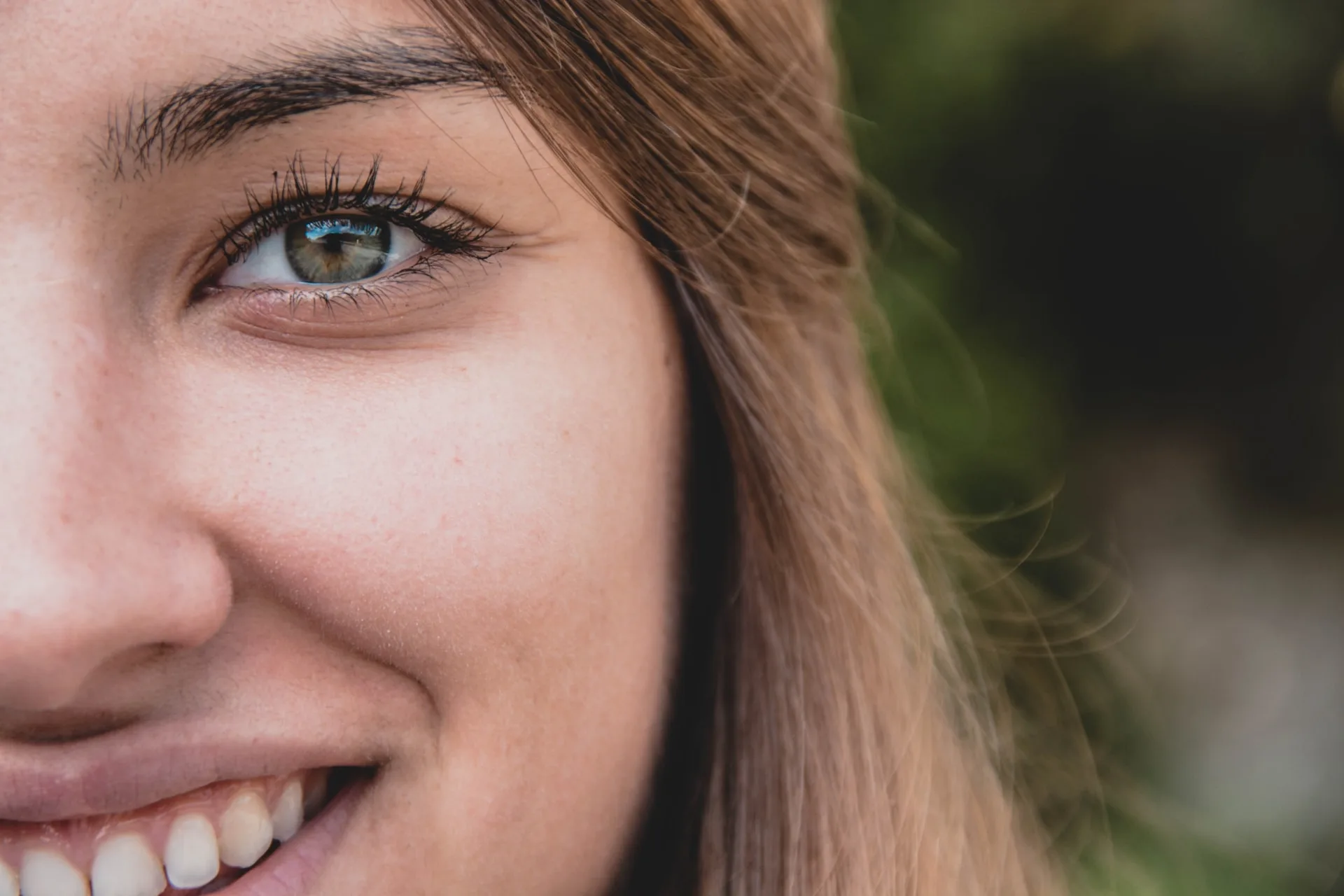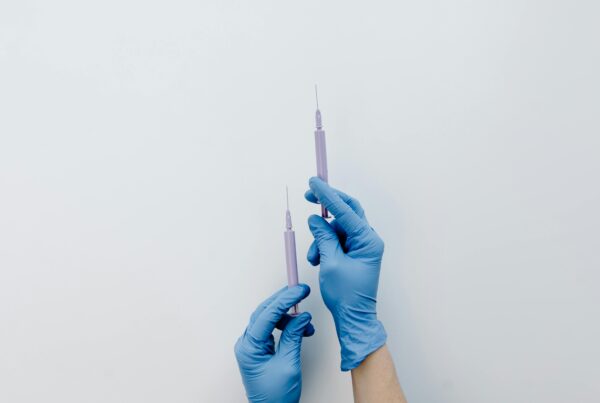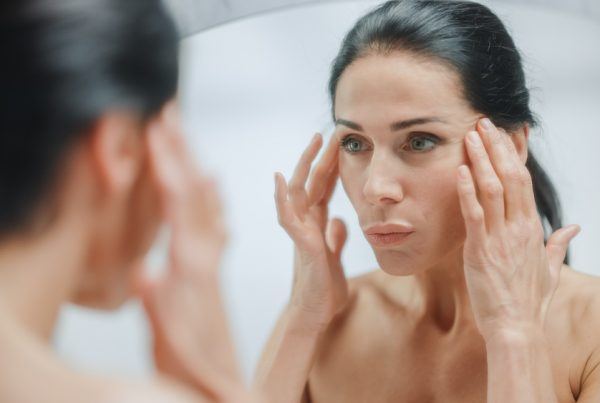Facial attractiveness has long been an intriguing notion considered by scientists and psychologists. While symmetrical profiles are often considered beautiful, the reasoning behind this can be both subjective and scientific. Without understanding facial ratios and proportions, for many, the saying “beauty is in the eye of the beholder” rings true. Harmonious features can be attributed to youthfulness and aesthetics, while slight asymmetry can be perceived as unique and character-enhancing.
When we think of attractive features, expressive eyes, prominent cheekbones, and a large smile come to mind. Yet, it is the harmonious balance between these that can make a face perceived as beautiful.
Identifying symmetrical features can be as simple as noting that qualities look the same on both sides of the face. However, attributing facial proportions to beauty requires understanding its scientific (and historical) proof points.
I unpack the scientific reasons for facial attractiveness and which aesthetic treatments are used to achieve facial ratio.
Achieving Facial Ratio
The central facial triangle
The focal point of the face, known as the central facial triangle or “Yarbus triangle,” often draws immediate attention. This area, forming an inverted triangle between the eyes and the mouth, is important in human interaction.
This triangle also serves as a visual indicator of aging. Over time, it transforms, flipping at a 180-degree angle, and altering the youthful contours of the face. As we get older, the skin loses elasticity and can sag or wrinkle. Also, the supporting fat pockets thin and droop, which all contributes to a more asymmetrical appearance.
Primarily, the eyes and lips play critical roles in shaping the attractiveness of the central facial triangle. Studies show the escalating importance of facial ratios as you approach the central facial triangle or the facial midline.
The golden ratio
Perhaps the most mathematical of all is the golden ratio. Also called the “divine proportion,” it is a complex blend of lines, angles, and visually appealing shapes. Interestingly, nature naturally incorporates the divine proportion in shells, sunflowers, insects, human anatomy, etc.
Ancient Greeks achieved pleasing proportions by dividing a line into two parts with a 1:1.618 ratio.
Used in architecture, math, art, and cosmetic surgery, it is a precise method for outlining facial ratios. Leonardo da Vinci even practiced it while sketching the Mona Lisa.
People often use the golden ratio as a guideline for creating more proportional features. For those with distinct proportions, achieving this “golden” standard is unlikely, but specialists use its principles to improve facial ratios. Dividing the face into thirds is a guideline, not the ultimate standard for their work.
Non-invasive options to address facial asymmetry
There are a variety of non-invasive treatments to achieve a symmetrical face without having to undergo surgery. The goal of these non-invasive treatments is to improve facial balance with minimal downtime and risk.
Botulinum toxin is a popular choice solution for addressing facial asymmetry caused by muscular imbalances. This temporarily reduces muscle activity to smooth out uneven facial expressions and reduce the appearance of asymmetry. It also ideally addresses asymmetries caused by differences in soft tissue, such as skin laxity or muscle imbalance. These treatments won’t offer the permanent results that surgical procedures will have, but they will temporarily enhance facial ratios.
Dermal fillers, on the other hand, are used to add volume and to shape the areas that may appear sunken or less defined. These areas include cheeks, lips, jaw lines, temples, and under the eye.
The art of achieving facial ratios through aesthetic procedures is complex. It requires an in-depth understanding of facial anatomy, an artistic eye and a delicate hand.
When aiming to improve the facial ratio, it is crucial to account for the face’s dynamic nature. The static ratio is when the face is at rest. That said, the static ratio may not match the dynamic symmetry seen when the face is in motion.
The psychology of facial aesthetics also plays a significant role in this process. Understanding the patient’s views is essential. A thorough consultation helps align the professional’s expertise with the patient’s expectations.
Takeaway
Science shows facial ratios affect attractiveness, but unique features define individual character. Ensuring that you understand the beauty elements makes for informed choices. If you decide to reach out to a medical professional, they can personalize treatment plans for desired aesthetic attributes.
To consult with me about a facial aesthetic treatment plan, visit my website.



![women [longevity live]](https://longevitylive.com/wp-content/uploads/2020/01/photo-of-women-walking-down-the-street-1116984-100x100.jpg)










